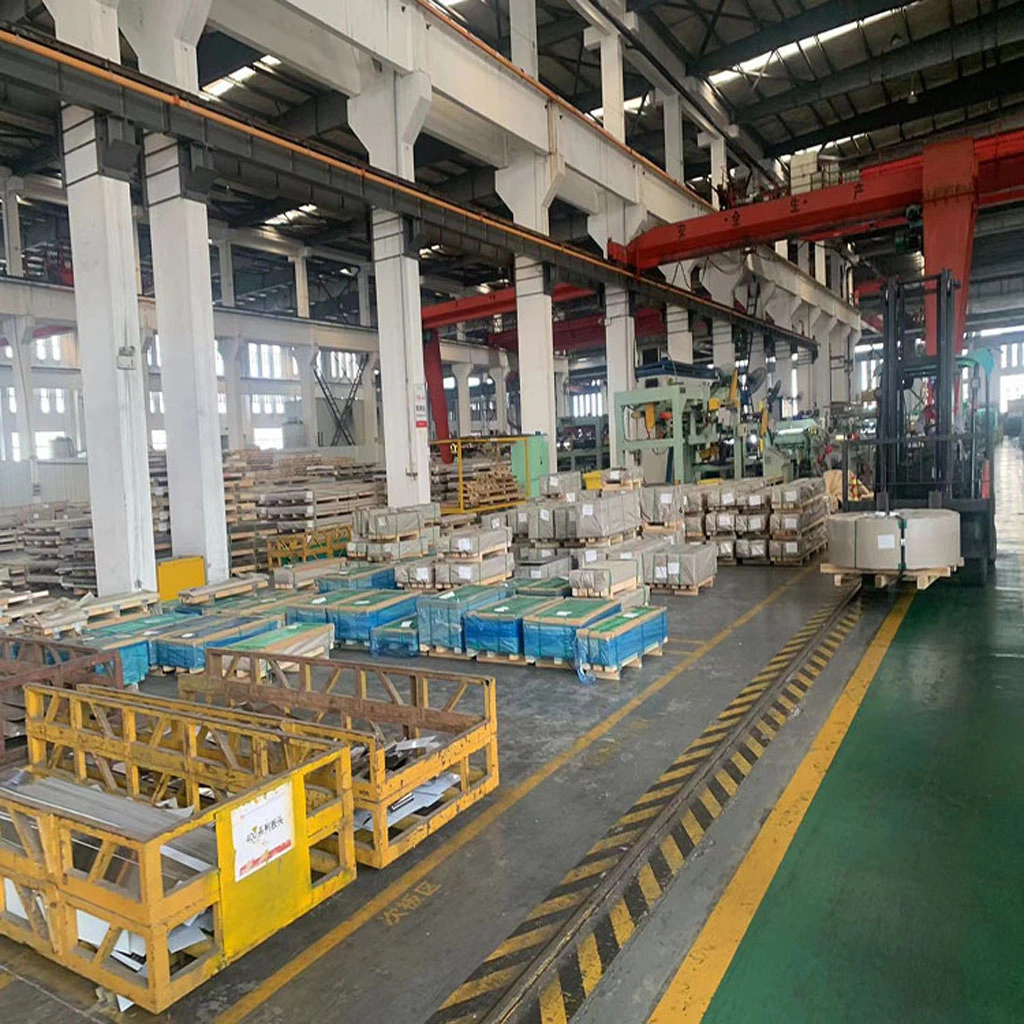What is 410L stainless steel?
2023-06-21
What is 410L stainless steel?
410L stainless steel is a variant of the popular 400 series stainless steels, known for their corrosion resistance and high strength. It is a low-carbon modification of the 410 stainless steel, containing even less carbon than its counterpart. The “L” in its name signifies its low carbon content, which enhances its weldability and reduces the risk of sensitization and intergranular corrosion. This stainless steel alloy exhibits excellent mechanical properties, including good hardness, toughness, and wear resistance, making it suitable for various applications in industries such as automotive, aerospace, and manufacturing. With its improved weldability and corrosion resistance, 410L stainless steel offers a cost-effective solution for components and structures requiring strength and durability in corrosive environments.
Chemical composition of 410L stainless steel
The chemical composition of 410L stainless steel typically includes the following elements:
Carbon (C): 0.03% maximum
Chromium (Cr): 11.5-13.5%
Manganese (Mn): 1.0% maximum
Silicon (Si): 1.0% maximum
Phosphorus (P): 0.04% maximum
Sulfur (S): 0.03% maximum
Nickel (Ni): 0.6% maximum
Iron (Fe): Balance
410L stainless steel is a low-carbon modification of the 410 stainless steel, where the reduced carbon content helps improve weldability and reduce the risk of sensitization and intergranular corrosion. The addition of chromium provides excellent corrosion resistance, making it suitable for various applications in corrosive environments. The other elements present in smaller quantities contribute to the alloy’s overall mechanical properties and performance characteristics.
What are the mechanical properties of 410L stainless steel?
Here are the typical mechanical properties of 410L stainless steel:
Tensile Strength: 450-600 MPa (65,000-87,000 psi)
Yield Strength: 275-415 MPa (40,000-60,000 psi)
Elongation: 20-30%
Hardness (Rockwell B): 75-85
It’s important to note that these values may vary slightly depending on the specific heat treatment, manufacturing process, and testing conditions.
What are the physical properties of 410L stainless steel?
Here are the typical physical properties of 410L stainless steel:
Density: 7.75 g/cm³ (0.280 lb/in³)
Melting Point: 1480-1530°C (2696-2786°F)
Thermal Conductivity: 24.9 W/m·K (14.4 BTU·in/hr·ft²·°F)
Specific Heat Capacity: 0.46 J/g·K (0.11 BTU/lb·°F)
Electrical Resistivity: 0.57 μΩ·m (356 μΩ·in)
Magnetic Properties: 410L stainless steel exhibits magnetic properties due to its high chromium content and martensitic structure.
These physical properties provide insights into the behavior of 410L stainless steel under different conditions. The relatively high density indicates its solid and compact structure, while the melting point reflects its resistance to heat. The thermal conductivity and specific heat capacity values determine its ability to conduct and store heat. The electrical resistivity indicates the material’s electrical conductivity, and the magnetic properties highlight its ferromagnetic nature. These properties collectively contribute to the performance and versatility of 410L stainless steel in various industrial applications.
What are the characteristics of 410L stainless steel?
410L stainless steel exhibits several key characteristics that make it a desirable material for specific applications. These characteristics include:
Corrosion Resistance: 410L stainless steel offers good resistance to corrosion in various environments. Its high chromium content forms a protective oxide layer on the surface, which helps prevent corrosion and enhances its durability in mildly corrosive atmospheres.
Weldability: The low carbon content in 410L stainless steel improves its weldability compared to standard 410 stainless steel. This makes it easier to join or fabricate components using various welding techniques, reducing the risk of cracking or weakening the material during the welding process.
Improved Ductility: 410L stainless steel demonstrates improved ductility due to its low carbon content. This enhanced ductility makes it more pliable and easier to form, bend, or shape without compromising its mechanical properties.
Mechanical Strength: 410L stainless steel retains good mechanical strength and hardness, making it suitable for applications that require strength and resistance to wear or abrasion. It offers a balance of toughness and hardness, allowing it to withstand demanding conditions and provide long-term durability.
Cost-Effectiveness: Compared to some other corrosion-resistant alloys, 410L stainless steel provides a cost-effective solution. Its favorable combination of properties, availability, and competitive pricing makes it an attractive option for various industries looking for an economical stainless steel option.
Common Applications of 410L Stainless Steel
410L stainless steel finds applications across various industries due to its advantageous properties. Its corrosion resistance, weldability, and mechanical strength make it suitable for several common applications. In the automotive industry, 410L stainless steel is utilized in exhaust systems, mufflers, and catalytic converters, where it withstands high temperatures and corrosive gases. It is also used in the manufacturing of industrial equipment, such as valves, pumps, and fittings, where resistance to corrosion and abrasion is crucial. Additionally, 410L stainless steel is employed in the production of kitchen appliances, including sinks, countertops, and cookware, due to its durability and resistance to staining and corrosion from acidic foods and liquids. The versatility of 410L stainless steel makes it an excellent choice for various applications that require a combination of corrosion resistance, weldability, and mechanical strength.
